Maybe, but they won't look like the ones you've drawn
What is a mollusk? It's safe to assume that these creatures aren't actually Mollusks, since that would require that they be descendant from the same common ancestor as Earth-mollusks, so let's go with mollusk like aliens. Let's say that they're all descendant from some mollusk-like ancestor, but that without competition from some tetrapod-like creature, they've gone on to evolve and radiate and occupy most niches that tetrapods have gone on to inhabit on Earth.
That's certainly possible, but your final forms probably won't look much like mollusks. Over time, they'll gain adaptations to help them survive in a variety of different land environments, increase in size, move about, see, and do everything else that's useful for large land animals.
Eye stalks, for example, are likely to vanish as the animals become more mobile and develop more complex eyes. They're great if you're a snail, since snails can't turn around to see what's behind them, but for a legged, running animal, they offer little advantage, are metabolically costly to grow, and put fairly delicate, difficult to regenerate structures (the eyes) in danger of damage. Shells, similarly, will be lost in any animal that relies on running down its prey, running to escape predators, or that's so big it doesn't need to worry about predators. Mobility, in an environment of relatively immobile creatures, is a huge evolutionary advantage. Early fish, in a similar example, had thick plates of bone armoring their bodies, but these were lost in favor of small scales for the sake of increased mobility. Other adaptations will appear as well. Things like hard shelled eggs, live birth, dry skin, and internal bone-like structures will all appear, allow their bearers to live in dry climates and support their bulk out of water.
That being said, while certain niches strongly favor creatures with these types of adaptations, it will almost definitely be the case that there exist other evolutionary niches in which less advanced (and more mollusk-y) creatures can compete easily, or even gain an advantage. Jawed, sluglike creatures with primitive skeletons and tentacles might make for effective amphibious ambush predators, similar to crocodiles on Earth, while snail-like creatures with supportive internal structures and advanced lungs might be perfectly suited to shuffle around in shallow waterways and marshes, mowing through patches of aquatic plants. Just like amphibians on Earth, though, they'll likely be replaced as the dominant creatures on your planet as evolution produces more highly evolved forms that can out compete them in other niches.
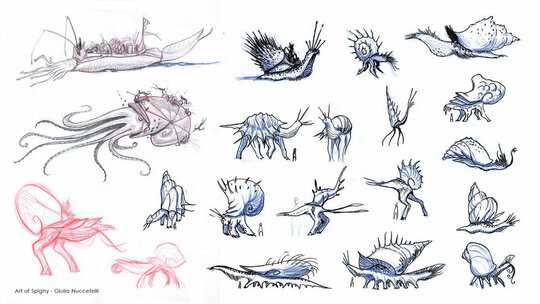
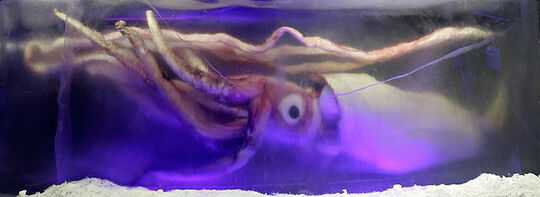
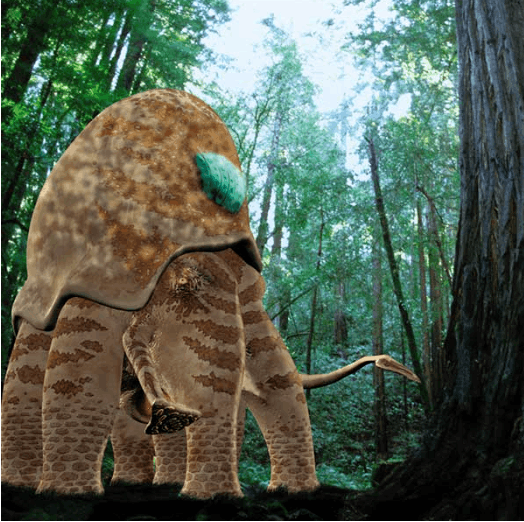
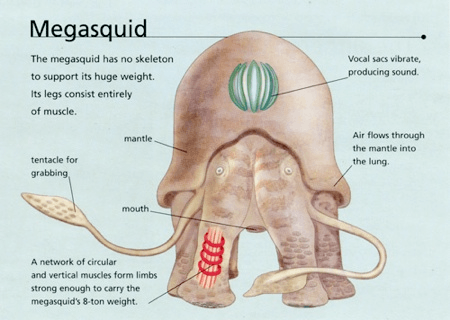
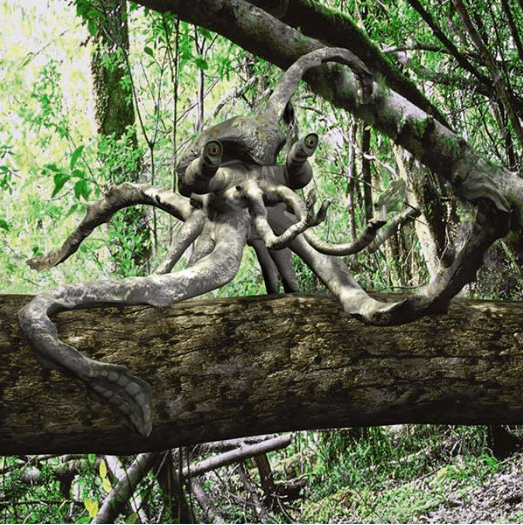
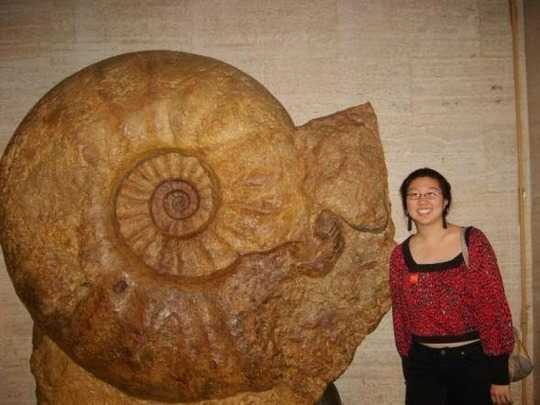

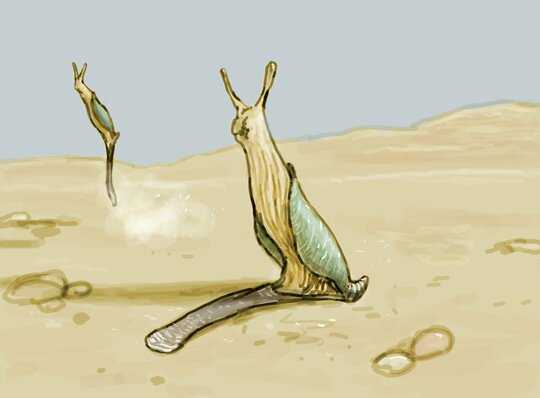


Just to clarify, in these sketches there seem to be humans for comparison, suggesting you are looking for land based creatures sized like dinosaurs und earth-like conditions of gravity and atmosphere? – Durandal – 2016-12-07T21:33:18.197
@Durandal The humans are for size and I am hoping for the planet to be relatively earth like – TrEs-2b – 2016-12-07T21:36:05.663
4Water-borne mollusks in Earth's fossil history approach those sizes, but not land creatures. – John Feltz – 2016-12-07T21:41:22.623
5
@JohnFeltz You don't even have to go to prehistoric mollusks. The Giant Squid is one of the largest animals alive today.
– Mike Nichols – 2016-12-07T22:20:21.3077Philosophical questions like "do we have souls" and "what defines consciousness" pop up on here all the time but "what is a mollusc" is something new – Zxyrra – 2016-12-08T00:50:07.193
Or the Giant Clam: https://en.wikipedia.org/wiki/Giant_clam The scaling only becomes a major problem for land-dwelling creatures. E.g. crabs are exoskeletal, like insects, and grow much larger than land dwellers: https://en.wikipedia.org/wiki/Japanese_spider_crab
– jamesqf – 2016-12-08T06:02:23.240Spider Crab.....on the one hand I wonder if it is tasty, on the other hand my arachnophobia has me wanting to jump on my chair. – NZKshatriya – 2016-12-08T06:55:42.213
Related: Can you simply scale up animals?
– a CVn – 2016-12-08T12:42:15.600https://www.youtube.com/watch?v=5N920UYc3Y0 – David K – 2016-12-08T14:46:40.547